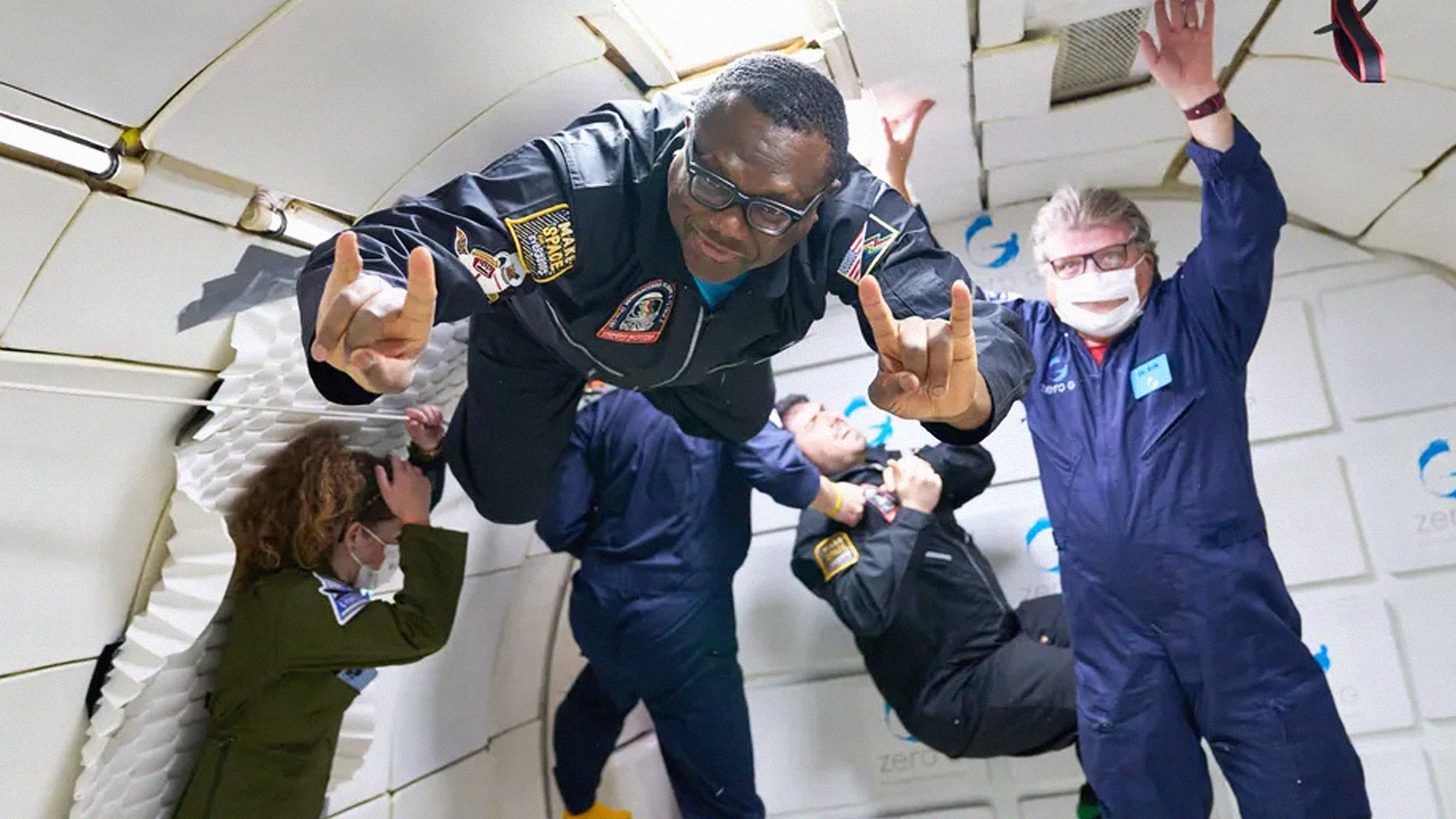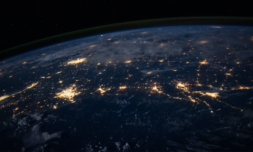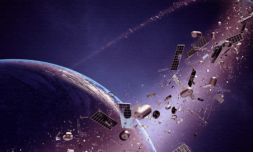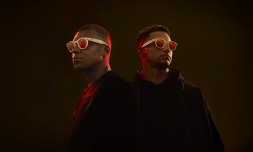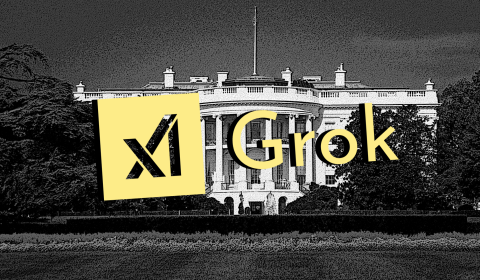In efforts to expand space travel beyond billionaire tech tycoons and hyper trained astronauts, AstroAccess is advancing Zero-G experiences to include the disabled.
As industries go, space travel is arguably one of the very least accessible out there. However, efforts are underway to change that.
Leading an inclusive space charge, a non-profit called Mission: AstroAccess has started organising Zero-G flight experiences for people with mobility or sensory disabilities.
On Sunday (October 17th), the company completed a parabolic flight – which alternates in upward and downward arcs to create a microgravity environment – 37,000 feet above Long Beach California, and 12 ambassadors with disabilities were on board.
Navigating the specially adapted shuttle, computer scientist Sina Bahram, who has been blind from a young age, now believes he’s closer to achieving his lifelong dream of becoming one of the first ‘parastronauts’ to reach outer space.
Flight 1 Mission accomplished! Congratulations to our entire team of disabled and non-disabled researchers, organizers, and operators – on the plane and behind the scenes – as well as our amazing supporters and partners. This joy on our Ambassadors' faces is thanks to you. pic.twitter.com/Be5MFwM43O
— AstroAccess (@astroaccess) October 19, 2021
‘Even when you’re feeling completely out of control because everything you know about the world from your entire lifespan is no longer true, in terms of gravity, there was never a sense of uncertainty or danger,’ says Bahram.
Experience were vastly different for each ambassador, and their accounts will reportedly help to build accessibility-related guidelines for future missions.









